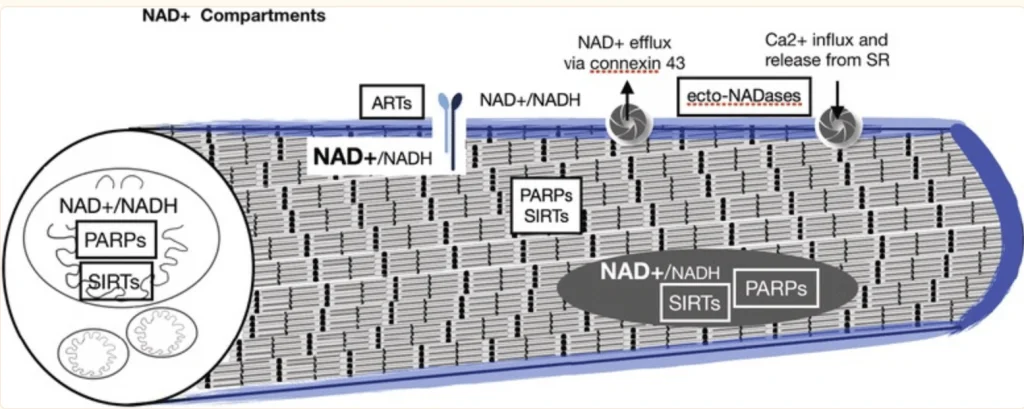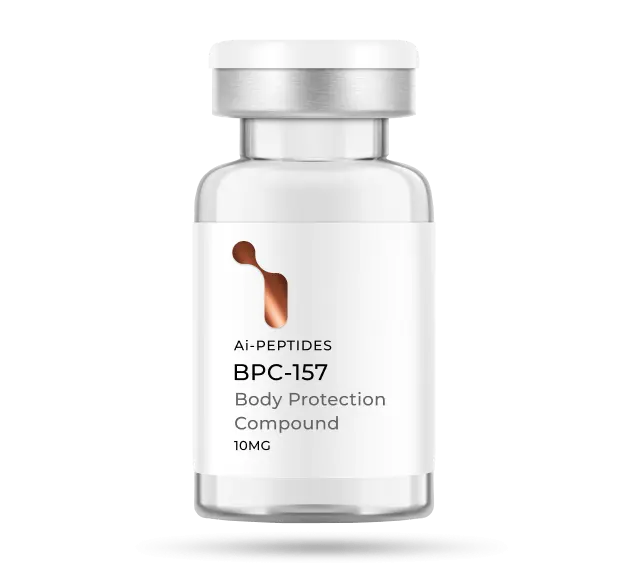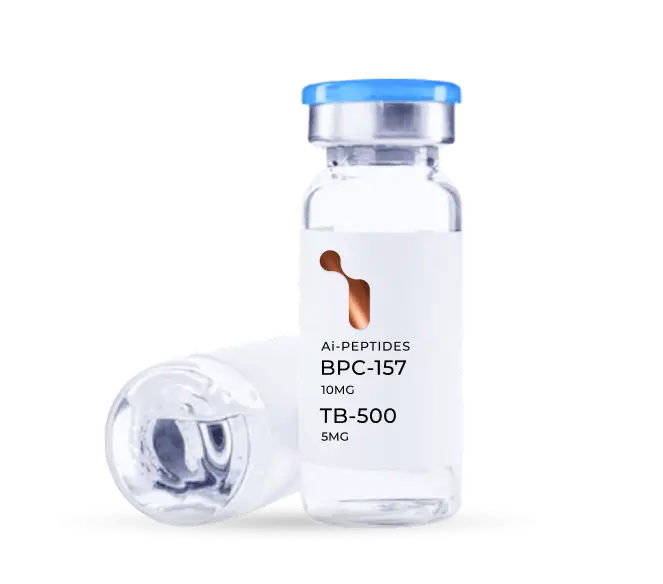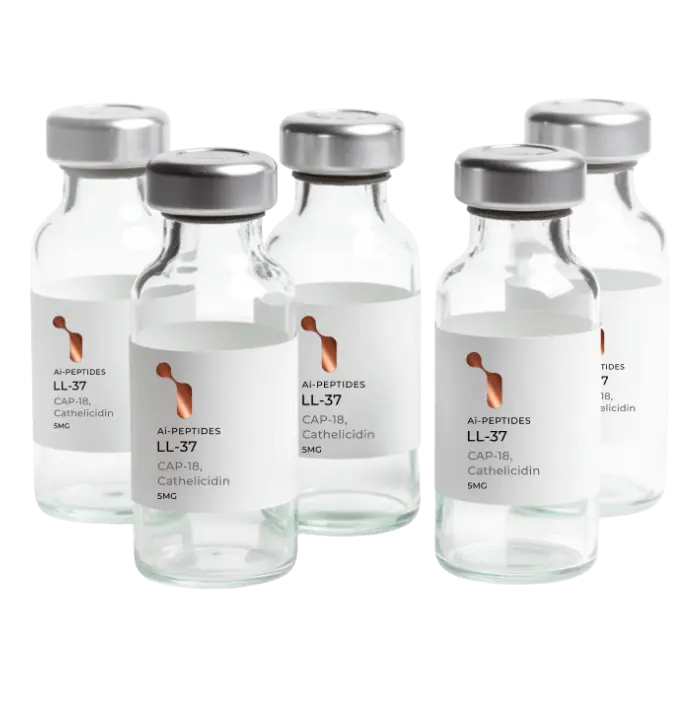What are mitochondria?
Mitochondria are membrane-bound cell organelles (mitochondrion, singular) that generate most of the chemical energy needed to power the cell’s biochemical reactions. Chemical energy produced by the mitochondria is stored in a small molecule called adenosine triphosphate (ATP).Mitochondria are small, often between 0.75 and 3 micrometers and are not visible under the microscope unless they are stained.
Unlike other organelles (miniature organs within the cell), they have two membranes, an outer one and an inner one. Each membrane has different functions. Mitochondria are split into different compartments or regions, each of which carries out distinct roles.Different cell types have different numbers of mitochondria. For instance, mature red blood cells have none at all, whereas liver cells can have more than 2,000. Cells with a high demand for energy tend to have greater numbers of mitochondria. Around 40 percent of the cytoplasm in heart muscle cells is taken up by mitochondria.Although mitochondria are often drawn as oval-shaped organelles, they are constantly dividing (fission) and bonding together (fusion). So, in reality, these organelles are linked together in ever-changing networks. Also, in sperm cells, the mitochondria are spiraled in the midpiece and provide energy for tail motion.

What happens to our mitochondria as we age? How do they become dysfunctional?
Age-related changes in mitochondria are associated with decline in mitochondrial function. With advanced age, mitochondrial DNA volume, integrity and functionality decrease due to accumulation of mutations and oxidative damage induced by reactive oxygen species (ROS).
In aged subjects, mitochondria are characterized by impaired function such as lowered oxidative capacity, reduced oxidative phosphorylation, decreased ATP production, significant increase in ROS generation, and diminished antioxidant defense. Mitochondrial biogenesis declines with age due to alterations in mitochondrial dynamics and inhibition of mitophagy, an autophagy process that removes dysfunctional mitochondria.
Age-dependent abnormalities in mitochondrial quality control further weaken and impair mitochondrial function. In aged tissues, enhanced mitochondria-mediated apoptosis contributes to an increase in the percentage of apoptotic cells. However, implementation of peptides and strategies such as caloric restriction and regular physical training may delay mitochondrial aging and attenuate the age-related phenotype in humans.





